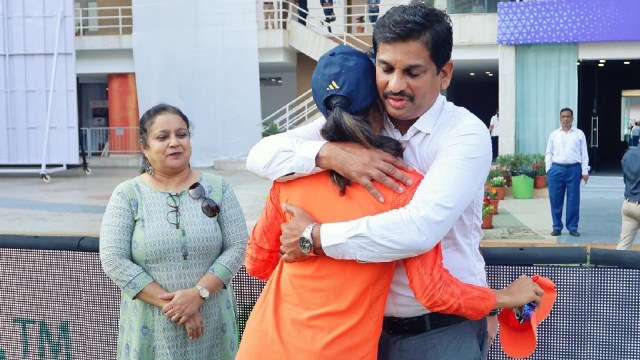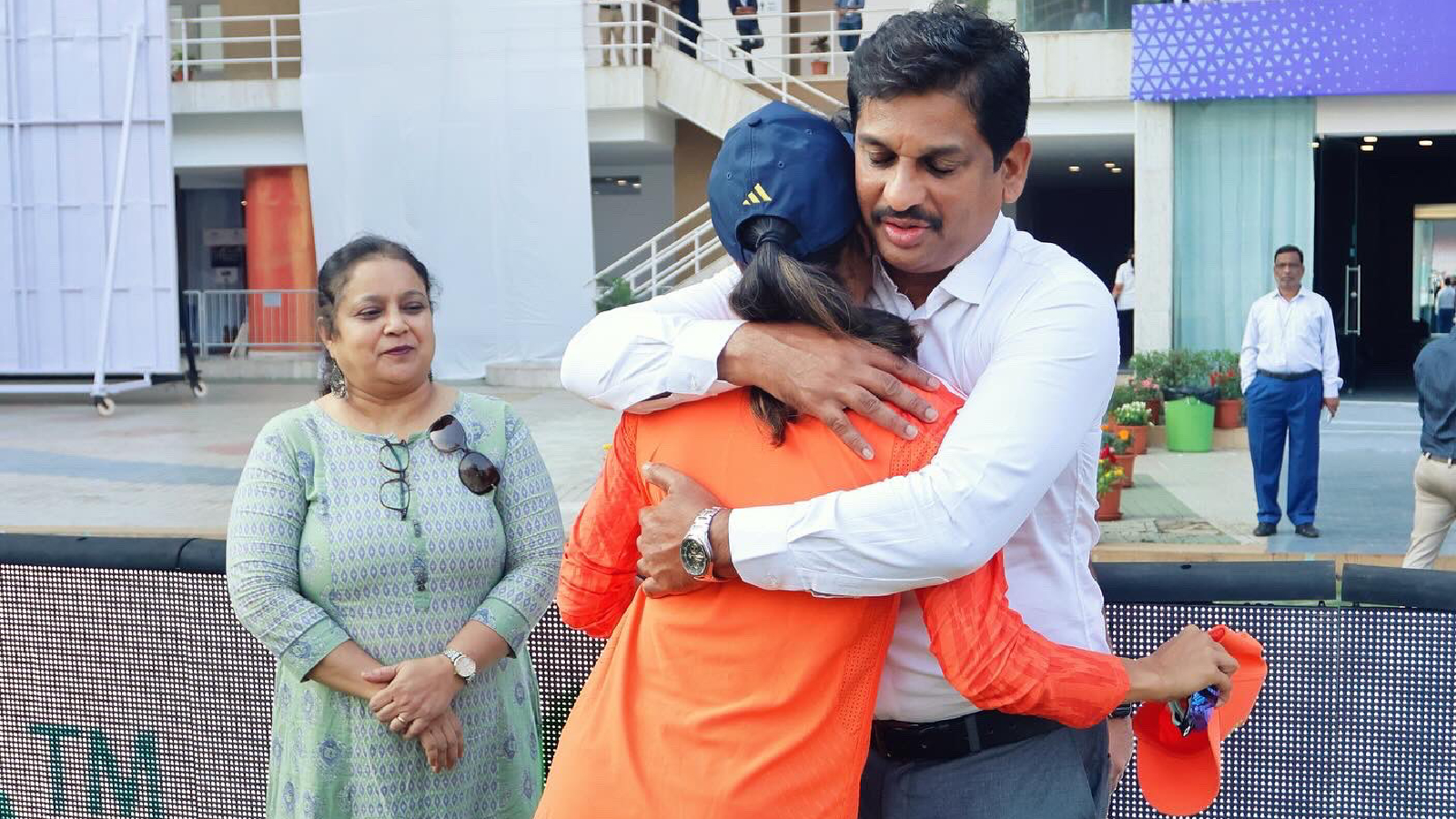
In 1874, the nationalist, writer and political activist Bipin Chandra Pal (1858-1932) arrived in Calcutta to pursue higher education in one of the premier institutions of the city, Presidency College. Pal was born in a village in Sylhet and he was following an educational trajectory that was common to many of his socio-economic background. Families who had achieved prosperity through their landed status sought a foothold in urban modernity – and its class system – that was emerging at the time. Colonialism and the economic life it generated were changing city life, creating opportunities for the emergence of a new grouping of professionals who imagined themselves as “middle class”, rather than tethered to the “old ways” of rural conservatism. Pal’s family had sent him to study at Presidency College with these aspects in mind.
Arriving in Calcutta, Pal joined the Sylhet “mess”. The messes of Calcutta were organised along regional lines and catered to the eating requirements of the growing population of upper-caste, male students who, like Pal, were making their way into the city. They were also places where a rising colonial intelligentsia – future lawyers, doctors, bureaucrats – got to know each other, their friendships lubricated by shared cultural and social norms. The messes, Pal says “were like small republics and were managed on strictly democratic lines” and that “no one was admitted into the mess unless he was known to or certified by responsible people to be a decent and respectable fellow”.
The 19th-century messes of Calcutta provide some clues to the culture of clubs and gymkhanas in contemporary India. An updating of the story may help in understanding the broader context within which cricketer Jemimah Rodrigues’s membership of Mumbai’s Khar Gymkhana was revoked as a result of allegations that her father, Ivan, organised “conversion” activities at its premises. That, in an atmosphere of such sharply etched religious lines, a member of a vulnerable minority community should seek to “convert” the “vulnerable” at a public event seems beyond belief. However, it is perhaps best not to dignify the allegation by asking if it is actually true. What is more important is that it emanates from a site that has deep cultural and social resonance in Indian society.
The contemporary cultures of clubs and gymkhanas are part of a peculiarly Indian process of consolidation of ideas of “decent and respectable” citizens who – as in the 19th-century messes of Calcutta – might intermingle at ease, including sharing food in the knowledge it meets the norms of caste, class and religious identity. What is peculiarly Indian about club culture is that in a time of great social and economic change – movements of people, changes in work patterns, commercial activities, etc. – they serve to reinforce old-standing structures of hierarchy. Statements that emanate from clubs and gymkhanas serve a signalling function: they establish the truth of a situation by drawing upon their – widely accepted – histories of “decency” and “respectability”. What Ivan Rodrigues has discovered is that “membership” of a club is more than just a matter of access to (relatively) inexpensive food, air-conditioned ambience and recreational facilities. It is also about taking out a subscription to particular ways of thinking.
A significant force that has shaped “club” thinking in India relates to the extraordinarily homogenous nature of their membership. First, while there are no formal prohibitions that prevent, say, Muslims and Christians from becoming members, there are very real informal mechanisms that play a role. In the first place, membership at the most prestigious clubs is not “open” at all times, and those desiring membership cannot apply on a rolling basis. This tends to maintain the historically homogenous nature of club membership. The nature of their membership – dominated by dominant religious and social groups – does not change over very long periods, if ever.
Second, it is usual that an application to join requires – as in the case of the Bipin Chandra Pal’s Sylhet mess – “certification” by one or more “responsible” persons; an existing member (or two) must endorse your application. Given that membership tends to be “frozen” over long periods – there is such palpable excitement when it opens! – the most prestigious clubs develop a particular social character. This comes into play when sponsoring new members: we are more likely to know (and sponsor) those from very similar backgrounds. This too limits the possibility of diversity.
There is also, in the crème de la crème institutions, the system of hereditary membership, where it is passed down in the family line to children, grandchildren and spouses of these categories of relatives. This too, in a manner that is both outrageous and contradictory in an apparent democracy, imparts a peculiarly Indian flavour to such organisations. In particular, it means that if your family does not already belong to this group – and religious minorities in India tend to have negligible representation within it – then you are likely to continue to remain outside the charmed circle.
The Sylhet mess that he joined, Bipin Chandra Pal also noted, passed a rule “that no members should bring any food to the house…which outraged the feelings of Hindu orthodoxy”. It is not difficult to see how the clubs of our own time have also – through their historical nature and formal and informal policies – maintained certain orthodoxies, including those of caste and religious identities (and of course, whether women can have “full” membership). It is interesting, in this context, to pay particular attention to another of Pal’s observations with regard to the Sylhet mess. All decisions, he mentions, were taken “by the voice of the majority of the members of the mess” and no one ever “questioned or disobeyed” such decisions. In a time when the idea of a ‘majority’ has so significantly become identified with religious identity, it is worth asking what the fate of Jemimah Rodrigues’s membership to the Khar Gymkhana might have been in other circumstances. If, for example, such institutions had more diverse membership, could there have been other voices from within it that may have provided a countervailing point of view? Mumbai of the early 20th century is not the Calcutta of the late 19th century. It is precisely for this reason that the uncanny echoes of that distant past should frighten us.
The writer is British Academy Global Professor, Department of Anthropology and Sociology, SOAS University of London



